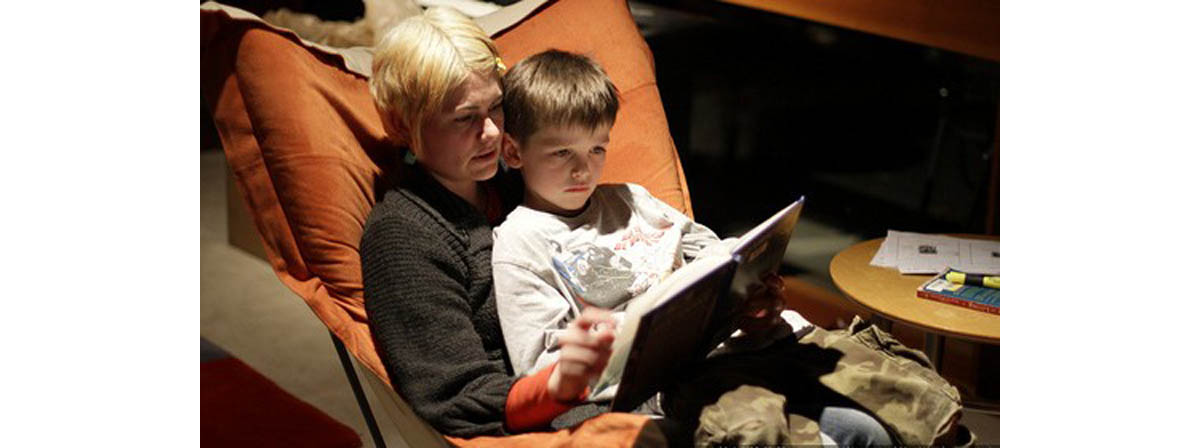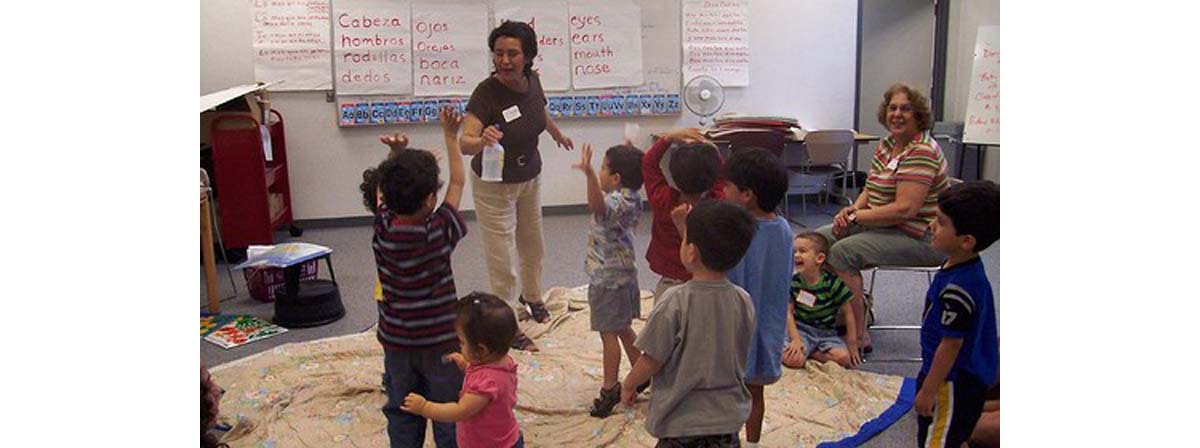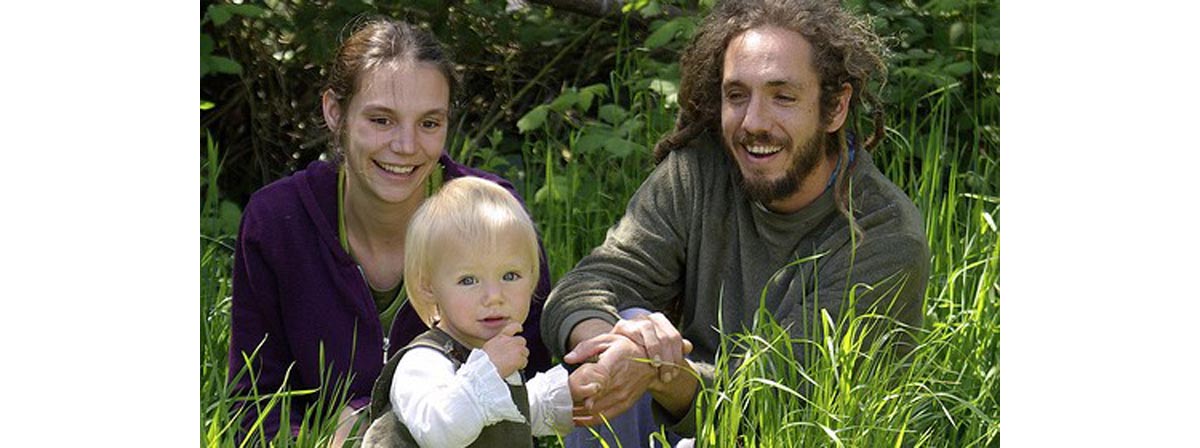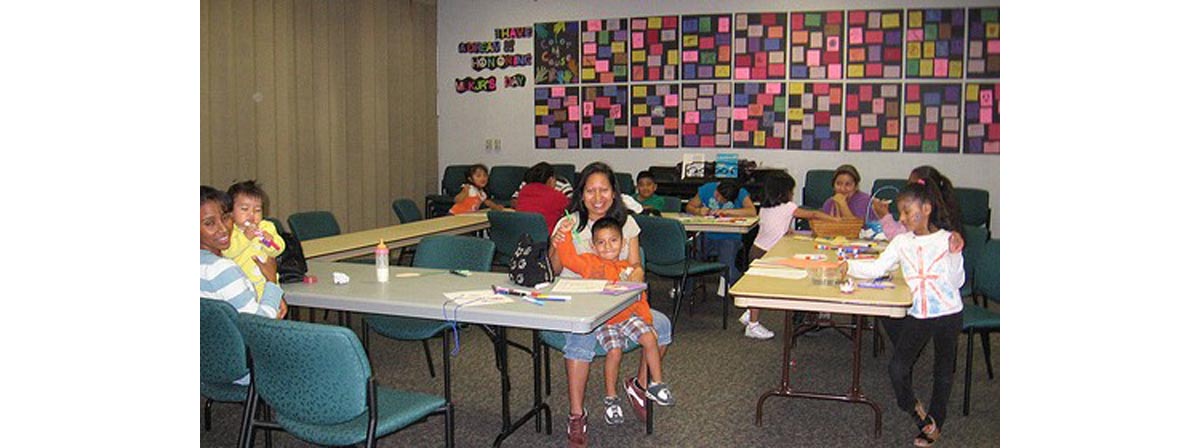Are you a current or future parent committed to raising bilingual children? You may be part of a multicultural family in which several languages are spoken, or bilingualism may be the norm in your culture. In both of these situations, various questions are going to arise — some prompted by strangers, teachers, or pediatricians and others by your own thought processes.

What does normal language development look like in a bilingual child? Is it possible to raise a fluently bilingual child in a country where one of the languages isn't widely spoken? How do you know if your child's language development is delayed or simply normal for bilingual kids? Will your child have difficulty to learn to read? If reading difficulties are already a problem, is that due to bilingualism? What should you do when your child suddenly refuses to speak one of his languages?
Perhaps most of all: is bilingualism harmful to a young child?
These are tough questions. There are no easy answers, and the chances are that parents of bilingual children are going to second guess themselves at some point, usually when a child shows languages delays or authority figures like teachers and doctors question your commitment to raising a child with two languages.
It opens many doors, including the possibility to acquire other languages more easily later in life. If you are able to speak several languages fluently, I believe there should be no question about whether you pass that ability on to your child.
We'll examine types of bilingualism, practical approaches, and the possibility of languages delays in the next three sections of this article. Though I have no formal education on the topic, I grew up with multiple languages myself and am fluent in five now. I have two trilingual children, and we faced our fair share of struggles. Or did we? Deciding how to approach multilingualism was an issue for my partner and me, as parents.
To our kids, multilngualism and multiculturalism were and continue to be completely natural and integral parts of their identities. I wouldn't change anything about the approach we ended up with and are still sticking to. We went with our intuitions and largely chose to avoid thinking about the issue too much. I can only advise parents hoping to raise children with multiple languages to do the same, and to rely on their own intuition.
Types Of Bilingualism
We can distinguish between two types of bilingualism: simultaneous bilingualism and sequential bilingualism. Simultaneous bilingualism happens when a young child is simultaneously exposed to two languages (in roughly equal amounts), and he acquires these two languages alongside each other. Sequential bilingualism happens when a child first acquires one language, and then another.

Let's imagine that a multilingual couple is expecting their first child. They're already committed to raising that child, and any subsequent children, with two languages. The first decision they are going to have to make is how they are going to go about it. Many choices follow within that same category, but the first is whether they are choosing simultaneous or sequential bilingualism.
Both options have advantages and disadvantages. I have two children and have had the opportunity to witness how both options panned out within my own family, since we're a trilingual family. In our case, the first two languages were acquired simultaneously, while the third was acquired a few years into the kids' development.
In most cases, you will find that practical considerations naturally determine what approach you take. If, for example, you move to a new country when your child is a toddler, sequential bilingualism is the natural result. If you live with in-laws who speak a different primary language than you, the main care-giver, your kids will inevitably walk the path of simultaneous bilingualism.
Simultaneous Bilingualism
Parents who choose simultaneous bilingualism will communicate with their child in both target languages from birth. There are many different ways to go about this, including the “one parent, one language” method and choosing different languages in different contexts. We'll get there later on, but the basic idea is that you'll make sure the child is exposed to both languages through normal conversation, books, television programs, and so on.
These kids will typically say words in both languages when they first start talking, and may well mix words from both languages as they start stringing multiple words together into phrases and sentences. The child may appear not to understand that the words he is using come from distinct languages. Separating the languages is the typical next step.
If a child is exposed to more language more than the other, she may develop a preferred language and even go through phases of not speaking the other language at all. In the end, this will regulate itself and the child ends up speaking both languages fluently, though he may still feel he's able to express himself better in one of them.
As more recent research has shown that it is easier to acquire the basic sounds present in a language earlier on, and people eventually use the ability to learn to pronounce certain sounds, this approach has significant benefits.
Sequential Bilingualism
Parents who choose sequential bilingualism prefer to expose their child to a single language through infancy, and they wait until the child is communicating well in that language before introducing the other.
Some professionals define sequential bilingualism as acquiring a subsequent language before age 3, since they believe that language development after that stage falls under “language learning” as opposed to “language acquisition”. I'd have to disagree. As a multilingual adult, I can say with confidence that it is possible to “acquire” language during childhood and into the adult years, rather than “learning” it.
I've certainly never succeeded in “learning” a language (with textbooks, tutors, etc), and rather “acquire” languages by immersing myself in environments where the target language is spoken. I start with conversational skills, which come naturally from context, and then teach myself to read the language later on. This is where a tutor may come in handy, since reading — unlike speaking — is not a natural activity. Humanity got by with really low literacy rates for centuries with absolutely no problem, and your child may get by with conversational but not reading skills in the non-preferred language just fine as well.
Just as I've managed to acquire quite a few languages during late childhood and adulthood, my children also acquired their third language after age 3. How? The key is a parent or caregiver (including teachers) who speaks the language fluently and who will consistently speak it with them. The rest will come from context. Once again, start teaching reading after the spoken language is acquired. Having said that, there is absolutely no reason not to start before age 3.
Sequential bilingualism has an obvious advantage, namely that the child will already have a good grasp of one language before starting the next. There is going to be less mixing up going on. But one warning: this choice also means that it is quite likely that the child is going to apply grammar rules he subconsciously (or consciously, in the case of an older child) picked up from the first language to the second one. Correcting this can be hard work. For this reason, I prefer simultaneous bilingualism.
Consistency In A Bilingual Family
Browsing around the web and reading books about bilingualism, I've noticed a common thread that appears almost everywhere bilingualism is discussed — the need for consistency. That is, presumably, the idea that the same language always needs to be spoken in the same context.

There are a few different options here. One common bilingual family situation is that a child's mom and dad come from different cultures and speak different languages. They may have learned each others' languages, but usually don't have the same level of fluency the native-speaker parent does. In this case, the “one language, one parent” (also known simply as OPOL in bilingual circles) is the obvious choice. This method does what it says on the tin — one parent speaks one language with the child, while the other parent speaks the second.
School vs Home is another common choice. Your child may speak Spanish at home, and English at school, for instance. If you're really into this consistency thing, you may even come up with other creative patterns (some of which we've tried in our home). You could speak Language 1 in the morning, and Language 2 in the afternoon. You could speak a particular language whenever people who do not understand the other language are present. If you travel between countries, you could always speak the official language of the country you're currently in.
In my family, the need for consistency has proven to be non-existent. We have some. Dad doesn't speak the third language, so my kids don't have the option to speak that with him. Some of their friends only speak one language, so that's the one they're going to use when they are playing with those friends. And the kids' schoolbooks are almost exclusively in English. We homeschool, and the English-language materials are simply the best on offer for most subjects, so that is what we use. Not much choice there.
Do you need to be consistent in order to produce a truly bilingual child? Perhaps. It depends on you, and on your child. Experimentation will lead you to find out.
I'll address a few of the questions that often pop up. In my experience, multilingual children certainly do not have to run into trouble while learning how to read. My older child reads in two languages without any problem. One is a completely phonetic Slavic language, so perhaps that doesn't count? The other is English, which is certainly more complex but also, contrary to popular belief, almost completely phonetic. It's just that the phonetic system is more complex than it is in other phonetic languages. We're going to introduce reading in the third language over the coming year.
Is it possible to raise a fluently bilingual child even if that child doesn't have the opportunity to talk to many other native speakers of that language? In my experience, yes. I am the only person that speaks one of my children's languages with them on a daily basis, and it has always been like that. They often listen to cartoons in that language, and will occasionally get to speak it to relatives over Skype, or when they visit. On a daily basis, it's just me and the other sibling, though. Yet, I'd absolutely consider them to be native speakers of that language.
What should you do if your child suddenly refuses to speak a language? Keep on plugging away. It will happen in the end.
Does bilingualism harm children? I certainly don't think so, and bilingualism is the norm in many countries across the globe. That doesn't mean you can't come across any unique challenges though. Language delays can happen in any child. Bilingual children are not exempt.
What Do Language Delays Look Like In Bilingual Kids?
The normal pattern of monolingual language development has carefully been mapped out by pediatric providers performing well-child checkups. It seems easy for a pediatrician to say whether or not a monolingual infant or toddler is “on target” with her language development. Yet, it is important to keep in mind that all children develop individually, and that these schedule may not be very meaningful in every situation. “Behind” could indicate a real problem, or it could simply mean that the child is a little later than the majority of his peers.

The same is true for bilingual children as well. Some bilingual kids are going to be late talkers, which may or may not indicate a learning difference. Simultaneously bilingual children will generally follow a language development schedule similar to their monolingual peers, with the difference that the words they'll know can be in either language, and that the may mix their languages into a hybrid at first.
Sequentially bilingual kids could manifest syntax issues. If the child's second language is, in fact, the majority language in the child's country of residence, then professionals involved in that child's life may be more likely to see this as a problem. The child is simply going to need time and more exposure in order to fix these issues though. In time, the child will catch up with their monolingual peers.
How about kids with learning difficulties? Professionals may see multilingualism as harmful in children with learning difficulties, or children of below-average intelligence. They may suggest that families speak only the country's official language. I have no personal experience with this situation, but professional literature points out an obvious problem with such proposals.
If a child fluently speaks a first language, and you then decide to utilize only the official language, you may be stripping the child of his only way to express himself comfortably. This is clearly a bad idea. Furthermore, Canadian studies suggest that children of below-average intelligence are indeed capable of learning two languages. They may well take more time, however.
- Photo courtesy of sean dreilinger by Flickr : www.flickr.com/photos/seandreilinger/4336276835/
- Photo courtesy of Harris County Public Library by Flickr : www.flickr.com/photos/hcplebranch/3288110989/
- Photo courtesy of Jackal of all trades by Flickr : www.flickr.com/photos/onegiantleap/3478477510/
- Photo courtesy of Clearwater Public Library System Photos by Flickr : www.flickr.com/photos/cpls/7210002892/


Your thoughts on this